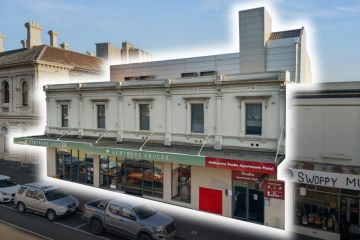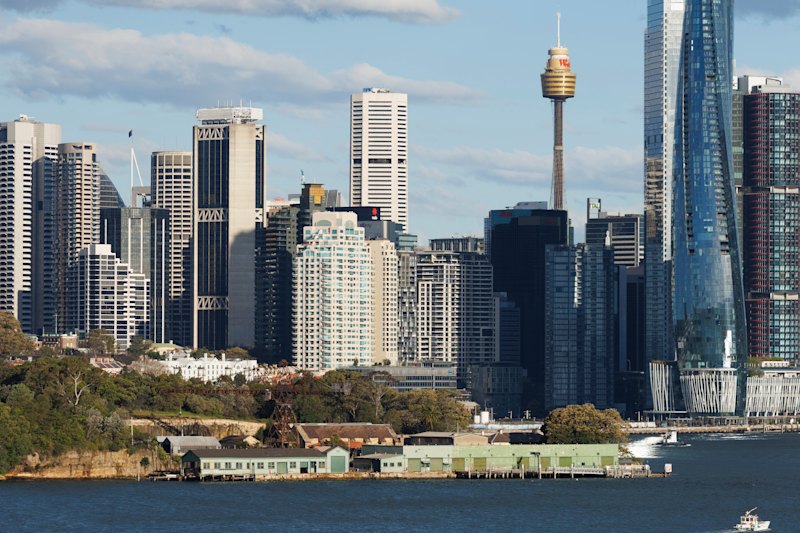Seven years since an RBA rate hike, is another on the way?

The last time the Reserve Bank of Australia raised interest rates, the AFL grand final had just resulted in a draw, Prince William and Kate Middleton had only just become engaged and Steve Jobs and Osama bin Laden were still alive.
It was seven years ago today, and the RBA board has met 76 times since, cutting 12 times and hiking zero.
The result of this month’s meeting, held on Melbourne Cup day, is pretty much seen as a foregone conclusion, with almost all economists expecting the central bank to leave the cash rate at a record low 1.5 per cent, where it has been since August 2016.
In terms of the broader outlook, though, it’s a rabble. ANZ chief economist Richard Yetsenga is calling for hikes next year, Credit Suisse and independent economist Stephen Koukoulas say cuts make more sense, while UBS and Westpac reckon the RBA should stay on the sidelines for the foreseeable future.
Before last week’s unimpressive inflation result, the market was pricing in a hike from the RBA in August next year. Now, with that inflation data in hand, that expectation has been pushed out to February 2019.
It’s a live situation. But seven years on from the last hike and four days ahead of the next board meeting, here are a few of the key opinions out there.
ANZ – Why we’ll see hikes in 2018
“Rates need to rise in 2018,” according to ANZ. “Growth is likely to be more evenly balanced, sustainable, and less aggravating for those trying to buy a home, with interest rates off the floor.”
While Yetsenga admits inflation data doesn’t paint a flash picture, he says it’s no longer the guiding light for the Reserve Bank and many more factors now play into the board’s decisions.
The way new technology affects the workforce is the elephant in the room.
“Core inflation is essentially driven by wages and margins [with a productivity underlay]. Technology is pressuring both. The vast majority of industry sectors, including services, are facing competition from technology-based new entrants. These new entrants can add capacity very cost effectively – either because it exists already or because they are adding cheap digital capacity. This is changing the degree to which growth accrues to labour via stronger wages.”
Westpac – Why the RBA should be staying put
“Australia has no reason to raise interest rates,” according to Westpac chief economist Bill Evans, who says a cut would hurt financial stability, while a hike is an unnecessarily blunt tool when other macro prudential options are available.
“Even though the market is now predicting a rate hike next year, it’s been our view for a couple of years that rates are going to remain on hold for 2017 and 2018.”
And remember, Evans has a good track record. In 2011 he was one of the only major economists predicting rate cuts … then eight happened in less than two years.
Credit Suisse – Why cuts are coming in 2018
The Australian economy has been “overshooting” in 2017 and could reverse in 2018. That’s why, according to Credit Suisse, the door is still open to rate cuts.
While the RBA has been sitting on its hands since August 2016, the Australian economy has been “the beneficiary of extraordinary nominal easing” from overseas trade and the public sector.
“Just as the economy has overshot our expectations in 2017, so there is also the risk of undershooting in 2018. We are concerned that the nominal easing present in 2017 could reverse by 2018,” the analyst said.
“We do not see stimulus coming from fiscal policy, we surmise that more work will need to be done by monetary policy. We remain of the view that the RBA will need to cut rates in 2018, contrary to the hikes that the bond market is currently pricing in”.
UBS – Why mid-next year makes more sense
UBS this week once again stamped its bearishness on Australian housing markets, calling the latest round of negative price data the “official” end of the boom.
Tighter lending regulations are starting to filter through, according to UBS, weighing on sentiment and giving the RBA reason to wait and see how things play out.
“A tightening of financial conditions is unfolding, which we expect to weigh on consumption growth ahead via a fading household wealth effect, keeping the RBA on hold until 2H-18,” UBS economists George Tharenou and Carlos Cacho said.
Market Economics – Why cuts should be on the table
“The RBA do not want to cut rates,” managing director of Market Economics Stephen Koukoulas says. “They’ve made that very clear.”
Koukoulas says that while a cut is a risk for financial stability, weak inflation figures and below-trend economic growth alone make talk of rate cuts “highly appropriate”.

We recommend
We thought you might like
States
Capital Cities
Capital Cities - Rentals
Popular Areas
Allhomes
More







